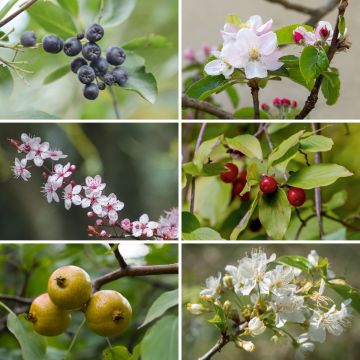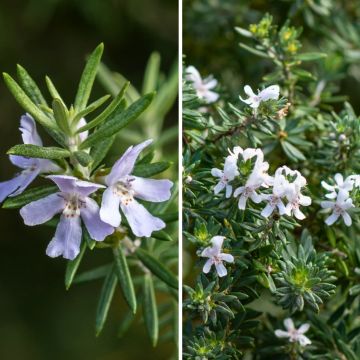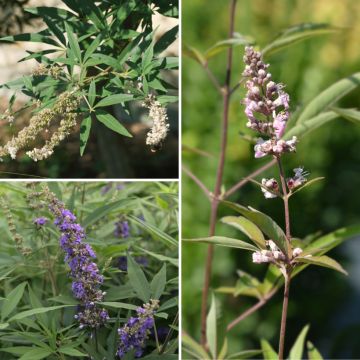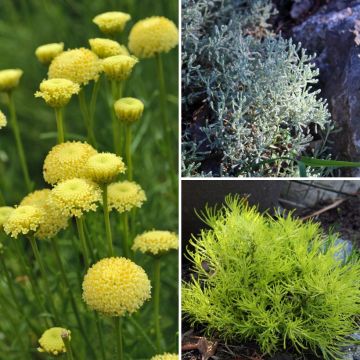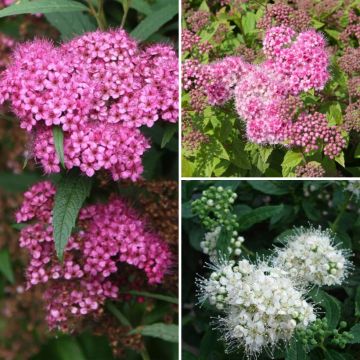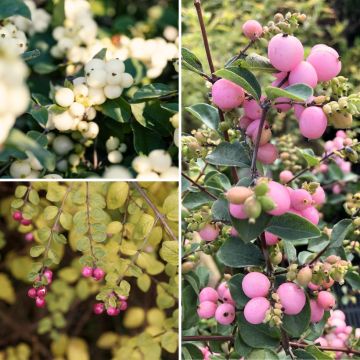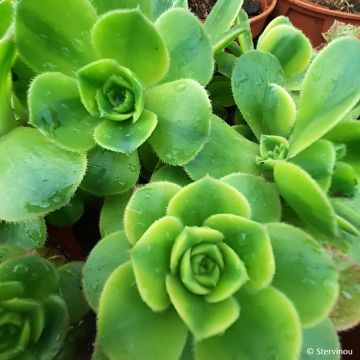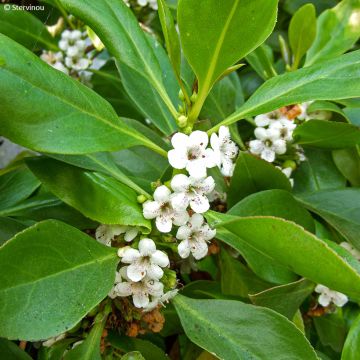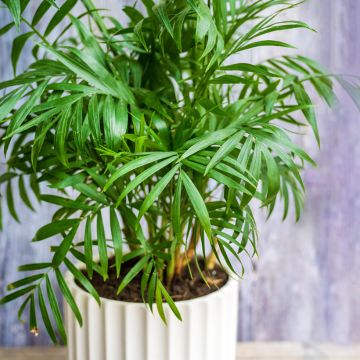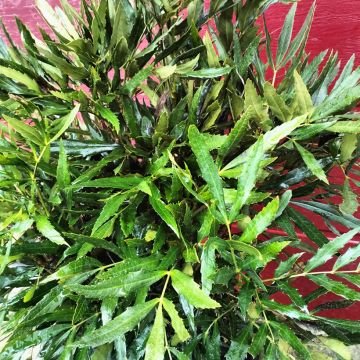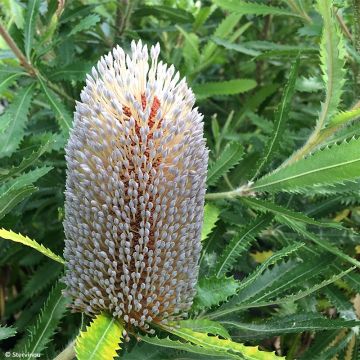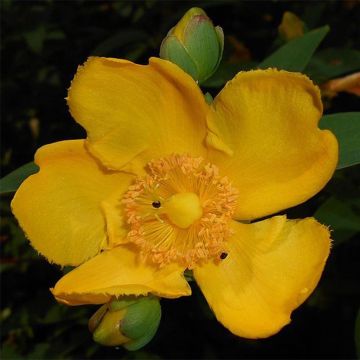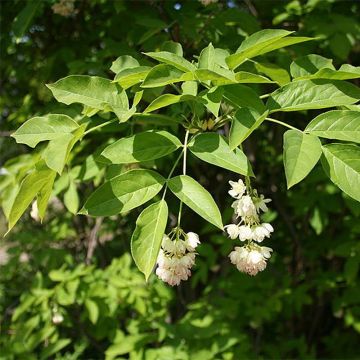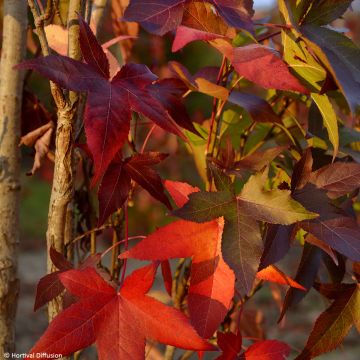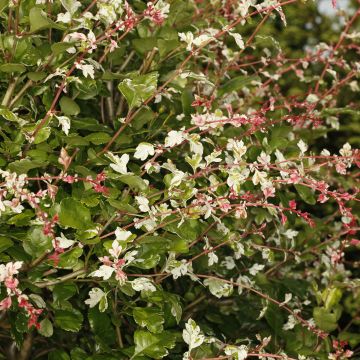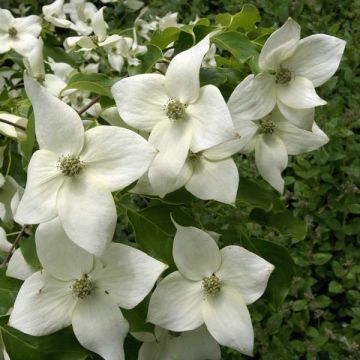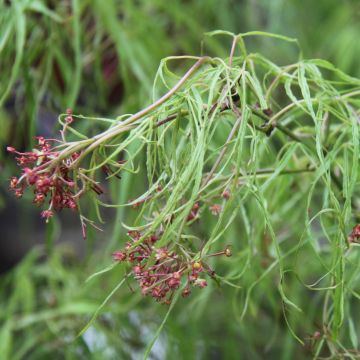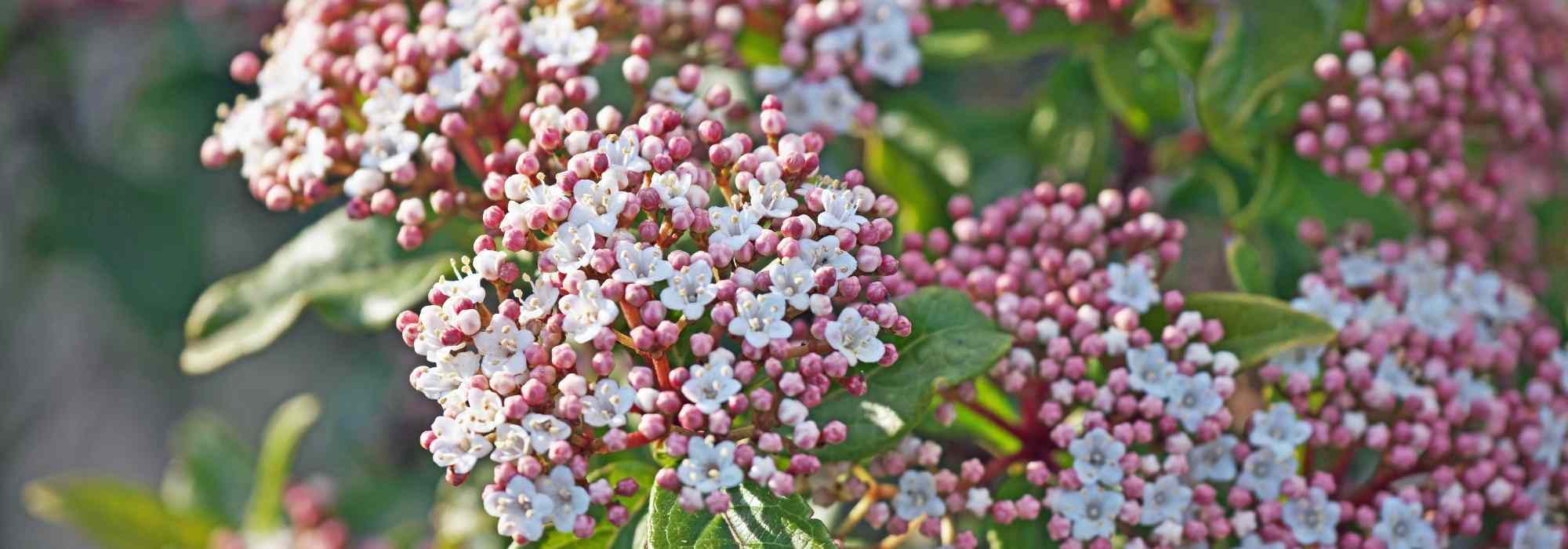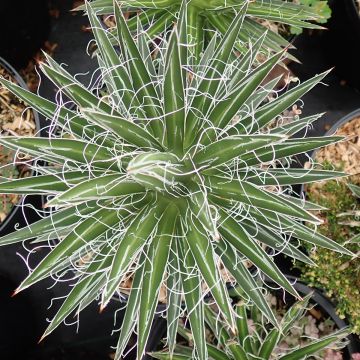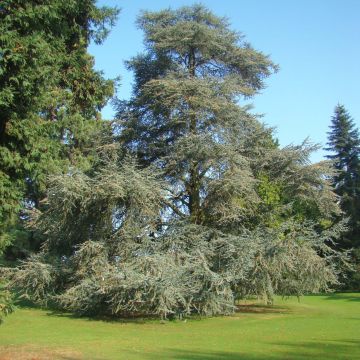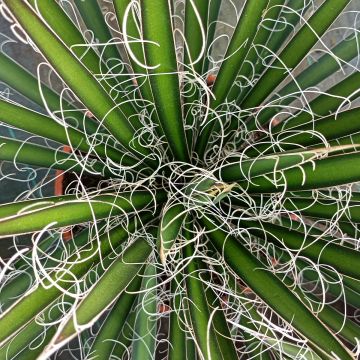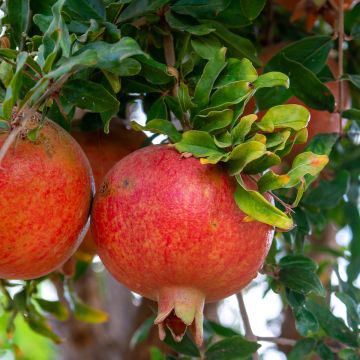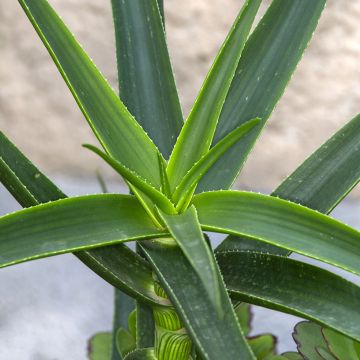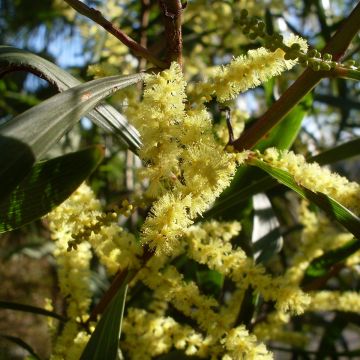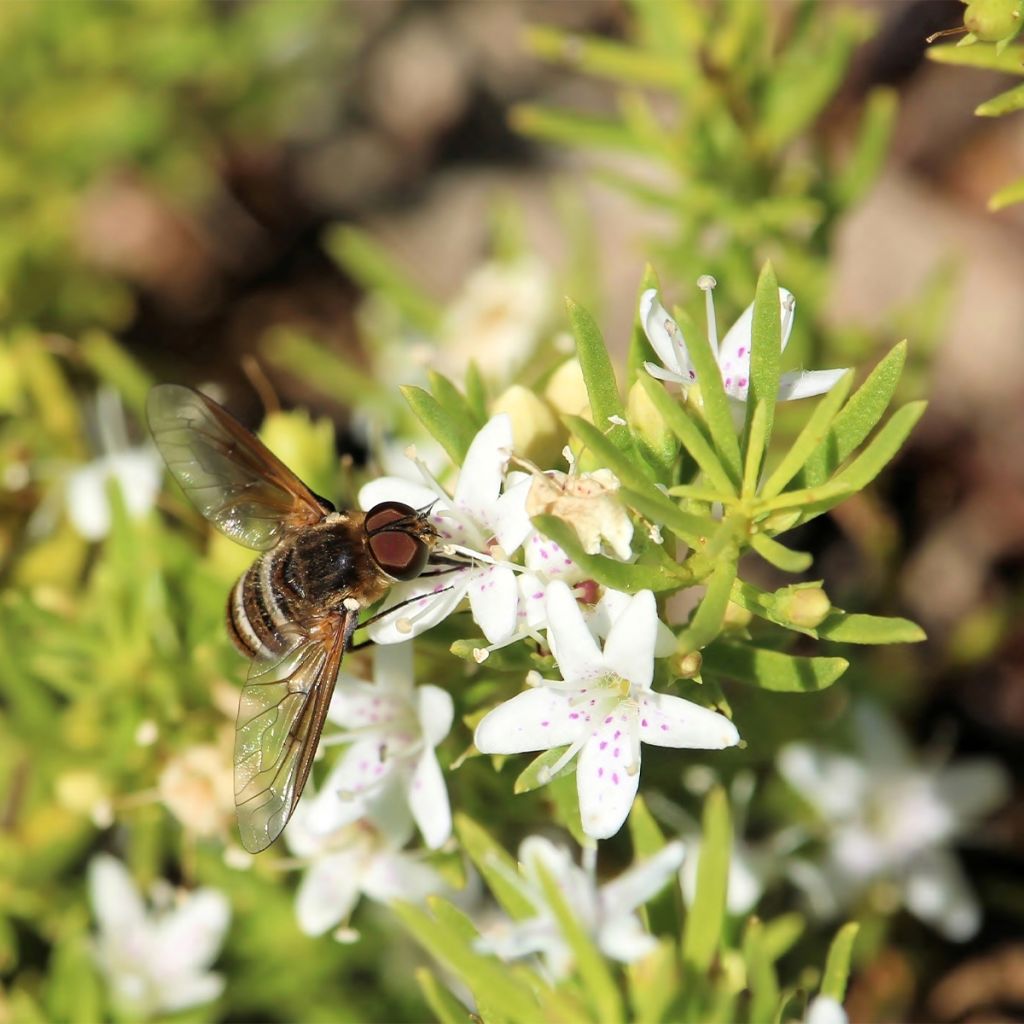

Myoporum parvifolium à fleurs blanches
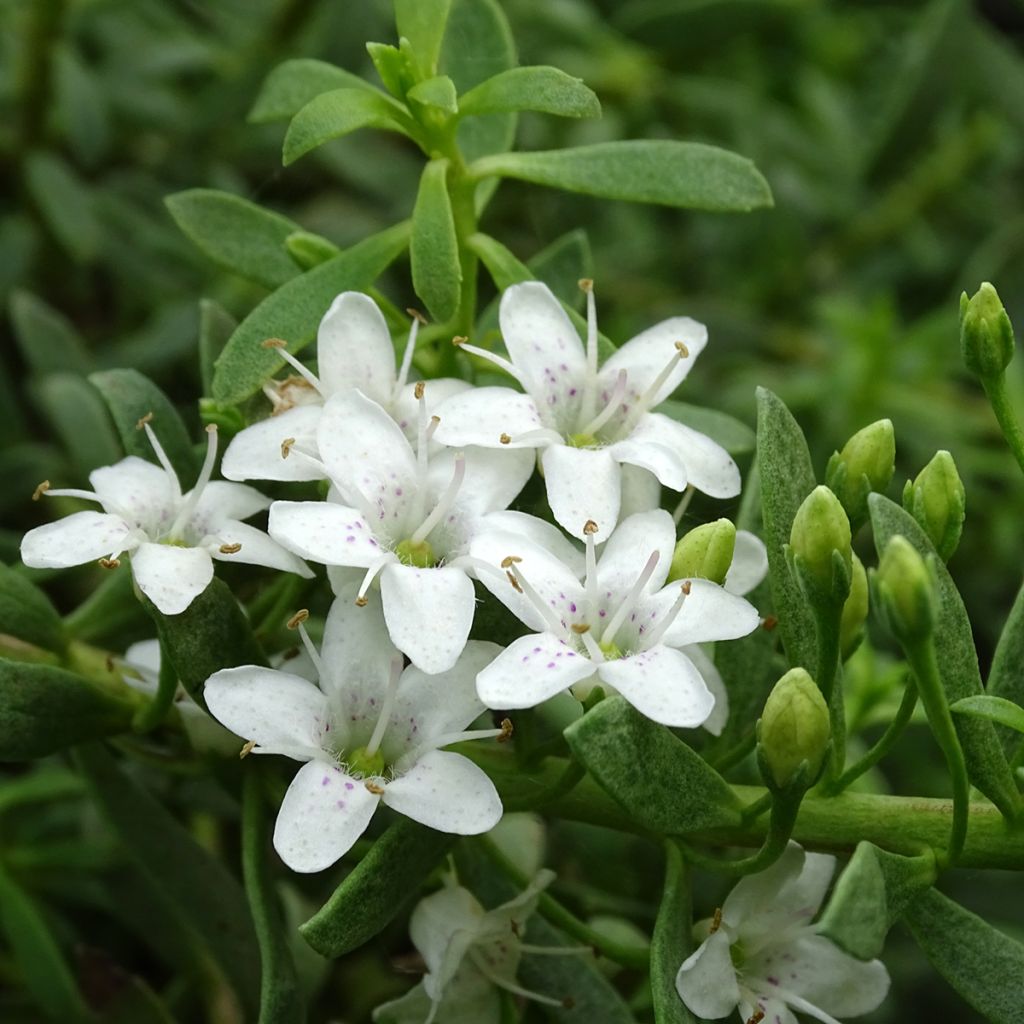

Myoporum parvifolium à fleurs blanches
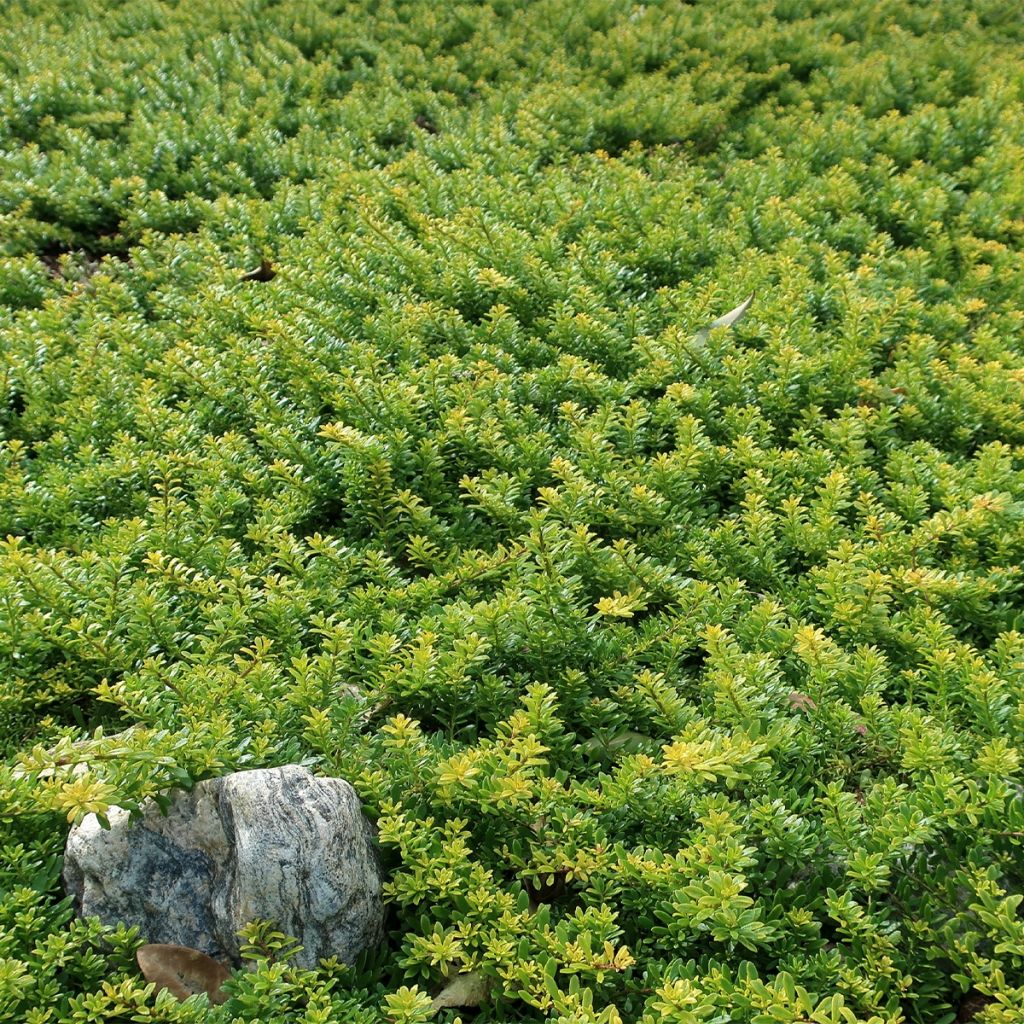

Myoporum parvifolium à fleurs blanches
Myoporum parvifolium White
Myoporum parvifolium Fleurs blanches
Creeping Boobialla, Creeping Myoporum, Dwarf Myrtle, Small-leaved Myoporum
Special offer!
Receive a €20 voucher for any order over €90 (excluding delivery costs, credit notes, and plastic-free options)!
1- Add your favorite plants to your cart.
2- Once you have reached €90, confirm your order (you can even choose the delivery date!).
3- As soon as your order is shipped, you will receive an email containing your voucher code, valid for 3 months (90 days).
Your voucher is unique and can only be used once, for any order with a minimum value of €20, excluding delivery costs.
Can be combined with other current offers, non-divisible and non-refundable.
Why not try an alternative variety in stock?
View all →This plant carries a 24 months recovery warranty
More information
We guarantee the quality of our plants for a full growing cycle, and will replace at our expense any plant that fails to recover under normal climatic and planting conditions.
Does this plant fit my garden?
Set up your Plantfit profile →
Description
Myoporum parvifolium White is a lovely white flowered version of a prostrate Australian bush called Small-leaved Myoporum, also known as Creeping Boobialla. Its long stems, adorned with small evergreen leaves, follow the contours of the soil, quickly forming beautiful ground cover in rock gardens, bordering flower beds, or cascading down walls. The plant bears small honey-scented flowers for many weeks between spring and summer. It is not very hardy, but well adapted to summer drought and coastal conditions. Elsewhere, grow it in containers or hanging baskets and store indoors during winter.
Myoporum parvifolium is a shrub from the Scrophulariaceae family. It originates from the eastern part of South Australia, which has a mild winter climate and dry summers. In the wild, it is often found on limestone cliffs, in valleys, or in sandy soil woods. This plant does not tolerate temperatures below -4 or -5°C (24.8 to 23°F). Myoporum parvifolium grows rapidly and forms a ground cover of about 15cm (6in) in height, covering an area of 1m². In pots, the plant will remain smaller in size. The foliage remains throughout winter. The oval-shaped leaves are thick and fleshy, measuring 1.8 to 4cm (1 to 2in) in length and 3 to 6mm (1in) in width, with a bright green colour. They are arranged alternately and tightly on the long creeping stems. Flowering begins in May or June, depending on the climate, and continues until July-August. Small solitary or grouped flowers appear in the axils of the leaves, with each flower measuring less than 1cm (1in) in width and consisting of a tube opening into 5 lobes, revealing 4 stamens. The throat of the flowers is speckled with violet spots.
In mild climates, Myoporum parvifolium is used in rock gardens, as a border plant on raised flower beds, or planted above walls. It can be combined with other ground cover plants such as dwarf artemisia, Teucrium haradjanii, Drosanthemum hispidum, or Hertia cheirifolia, for example. Other drought-tolerant plants such as Convolvulus cneorum, Cistus skanbergii, or trailing rosemary will also make good companions. Small-leaved myoporum is also a good plant for flower containers, troughs, and hanging baskets.
Report an error about the product description
Myoporum parvifolium White in pictures
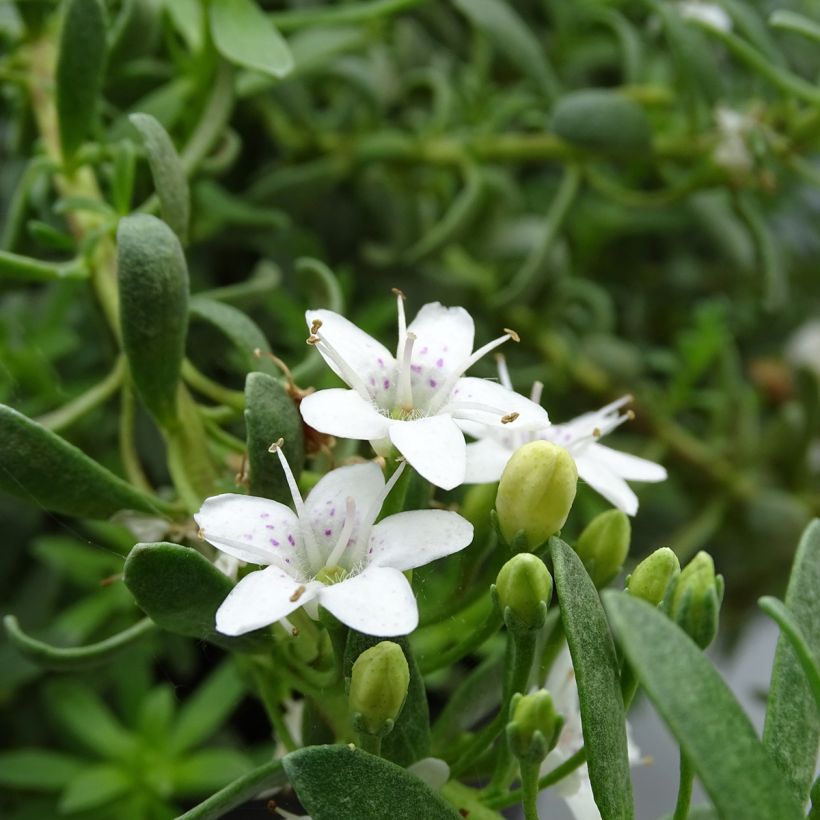

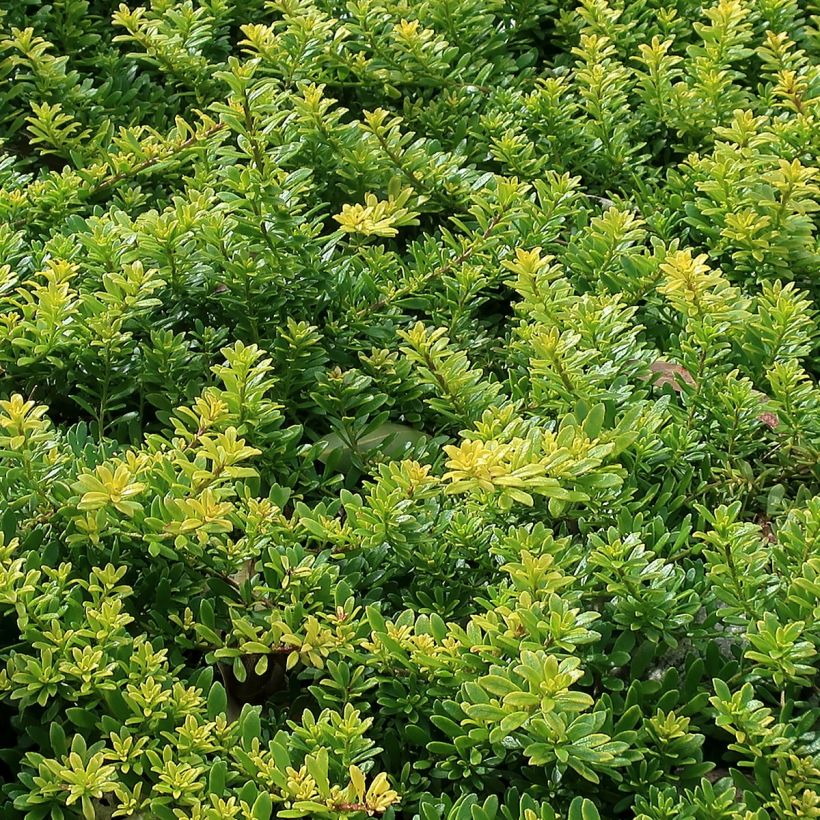

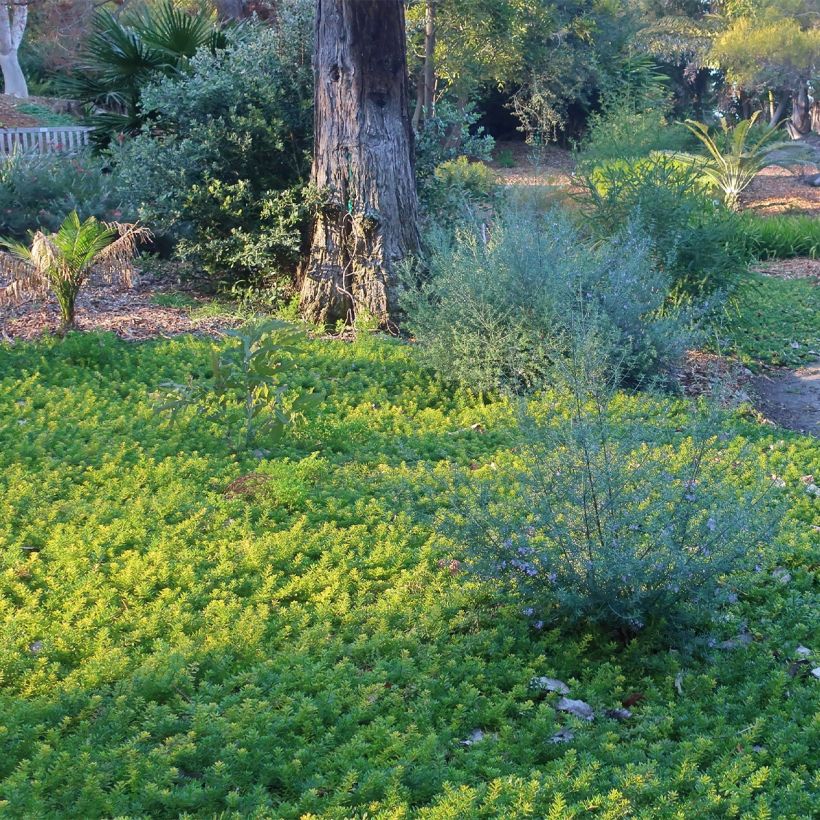

Plant habit
Flowering
Foliage
Botanical data
Myoporum
parvifolium
Fleurs blanches
Myoporaceae
Creeping Boobialla, Creeping Myoporum, Dwarf Myrtle, Small-leaved Myoporum
Australia
Other Shrubs A to Z
View all →Planting and care
Plant in open ground in spring or in September-October on the coast. Elsewhere, it should be grown in pots. It prefers a very sunny exposure. It requires well-drained, light soil, ideally sandy-loamy with a slightly calcareous tendency. Planting on slopes, in rockeries, or in a gravel bed is preferable. This bush tolerates sea spray. It is hardy down to -4 or -5°C (24.8 or 23°F) at the most, after 2 or 3 years of cultivation and provided it is planted in well-drained soil. Otherwise, it has the same cultivation requirements as cistus and lavender. Once well rooted, it has excellent resistance to water shortage. You can apply a little organic fertiliser in autumn. Prune lightly after flowering to maintain a compact habit.
Pot cultivation: plant in a well-drained mixture of potting soil, gravel, sand, and garden soil. Use a large container with drainage holes at the bottom and create a drainage layer composed of gravel, shards of pottery, or clay balls. Apply organic fertiliser in autumn. It should be regularly and deeply watered, but with intervals to allow the soil to dry out a little between waterings. Bring it indoors to overwinter in a bright but unheated room.
Planting period
Intended location
Care
Planting & care advice
This item has not been reviewed yet - be the first to leave a review about it.
Similar products
Haven't found what you were looking for?
Hardiness is the lowest winter temperature a plant can endure without suffering serious damage or even dying. However, hardiness is affected by location (a sheltered area, such as a patio), protection (winter cover) and soil type (hardiness is improved by well-drained soil).

Photo Sharing Terms & Conditions
In order to encourage gardeners to interact and share their experiences, Promesse de fleurs offers various media enabling content to be uploaded onto its Site - in particular via the ‘Photo sharing’ module.
The User agrees to refrain from:
- Posting any content that is illegal, prejudicial, insulting, racist, inciteful to hatred, revisionist, contrary to public decency, that infringes on privacy or on the privacy rights of third parties, in particular the publicity rights of persons and goods, intellectual property rights, or the right to privacy.
- Submitting content on behalf of a third party;
- Impersonate the identity of a third party and/or publish any personal information about a third party;
In general, the User undertakes to refrain from any unethical behaviour.
All Content (in particular text, comments, files, images, photos, videos, creative works, etc.), which may be subject to property or intellectual property rights, image or other private rights, shall remain the property of the User, subject to the limited rights granted by the terms of the licence granted by Promesse de fleurs as stated below. Users are at liberty to publish or not to publish such Content on the Site, notably via the ‘Photo Sharing’ facility, and accept that this Content shall be made public and freely accessible, notably on the Internet.
Users further acknowledge, undertake to have ,and guarantee that they hold all necessary rights and permissions to publish such material on the Site, in particular with regard to the legislation in force pertaining to any privacy, property, intellectual property, image, or contractual rights, or rights of any other nature. By publishing such Content on the Site, Users acknowledge accepting full liability as publishers of the Content within the meaning of the law, and grant Promesse de fleurs, free of charge, an inclusive, worldwide licence for the said Content for the entire duration of its publication, including all reproduction, representation, up/downloading, displaying, performing, transmission, and storage rights.
Users also grant permission for their name to be linked to the Content and accept that this link may not always be made available.
By engaging in posting material, Users consent to their Content becoming automatically accessible on the Internet, in particular on other sites and/or blogs and/or web pages of the Promesse de fleurs site, including in particular social pages and the Promesse de fleurs catalogue.
Users may secure the removal of entrusted content free of charge by issuing a simple request via our contact form.
The flowering period indicated on our website applies to countries and regions located in USDA zone 8 (France, the United Kingdom, Ireland, the Netherlands, etc.)
It will vary according to where you live:
- In zones 9 to 10 (Italy, Spain, Greece, etc.), flowering will occur about 2 to 4 weeks earlier.
- In zones 6 to 7 (Germany, Poland, Slovenia, and lower mountainous regions), flowering will be delayed by 2 to 3 weeks.
- In zone 5 (Central Europe, Scandinavia), blooming will be delayed by 3 to 5 weeks.
In temperate climates, pruning of spring-flowering shrubs (forsythia, spireas, etc.) should be done just after flowering.
Pruning of summer-flowering shrubs (Indian Lilac, Perovskia, etc.) can be done in winter or spring.
In cold regions as well as with frost-sensitive plants, avoid pruning too early when severe frosts may still occur.
The planting period indicated on our website applies to countries and regions located in USDA zone 8 (France, United Kingdom, Ireland, Netherlands).
It will vary according to where you live:
- In Mediterranean zones (Marseille, Madrid, Milan, etc.), autumn and winter are the best planting periods.
- In continental zones (Strasbourg, Munich, Vienna, etc.), delay planting by 2 to 3 weeks in spring and bring it forward by 2 to 4 weeks in autumn.
- In mountainous regions (the Alps, Pyrenees, Carpathians, etc.), it is best to plant in late spring (May-June) or late summer (August-September).
The harvesting period indicated on our website applies to countries and regions in USDA zone 8 (France, England, Ireland, the Netherlands).
In colder areas (Scandinavia, Poland, Austria...) fruit and vegetable harvests are likely to be delayed by 3-4 weeks.
In warmer areas (Italy, Spain, Greece, etc.), harvesting will probably take place earlier, depending on weather conditions.
The sowing periods indicated on our website apply to countries and regions within USDA Zone 8 (France, UK, Ireland, Netherlands).
In colder areas (Scandinavia, Poland, Austria...), delay any outdoor sowing by 3-4 weeks, or sow under glass.
In warmer climes (Italy, Spain, Greece, etc.), bring outdoor sowing forward by a few weeks.































